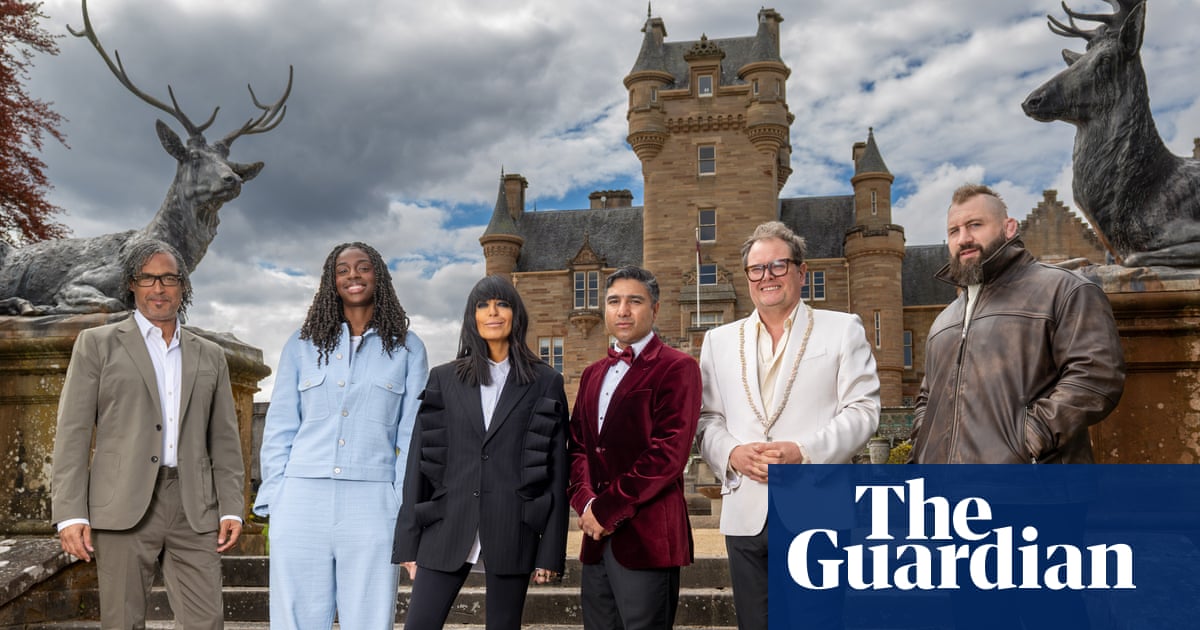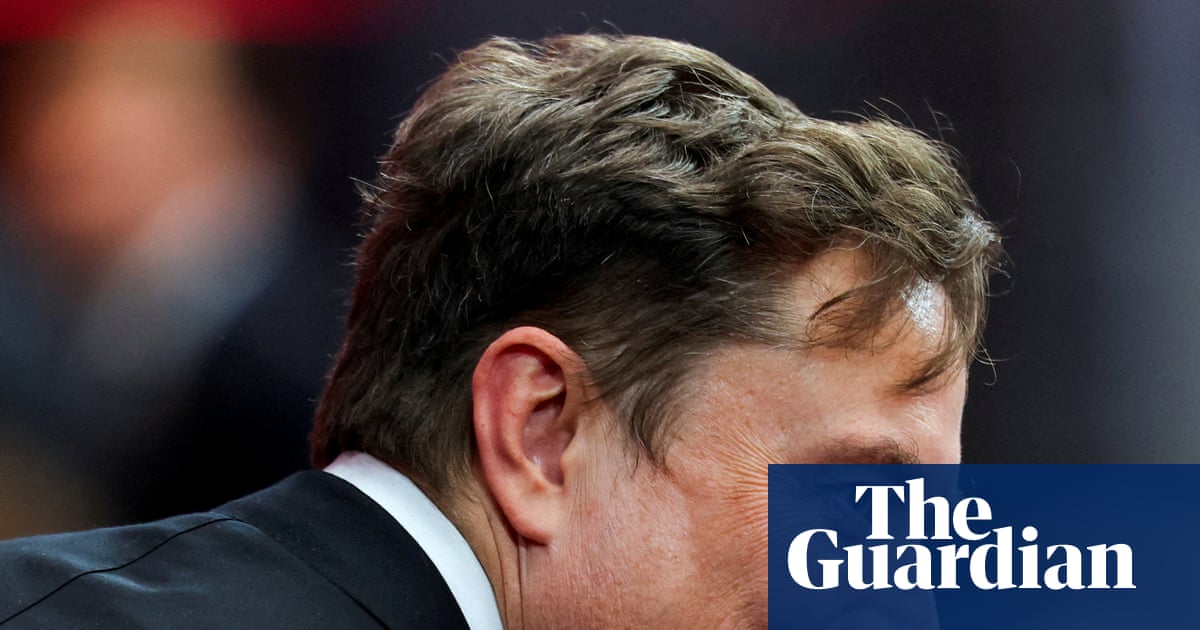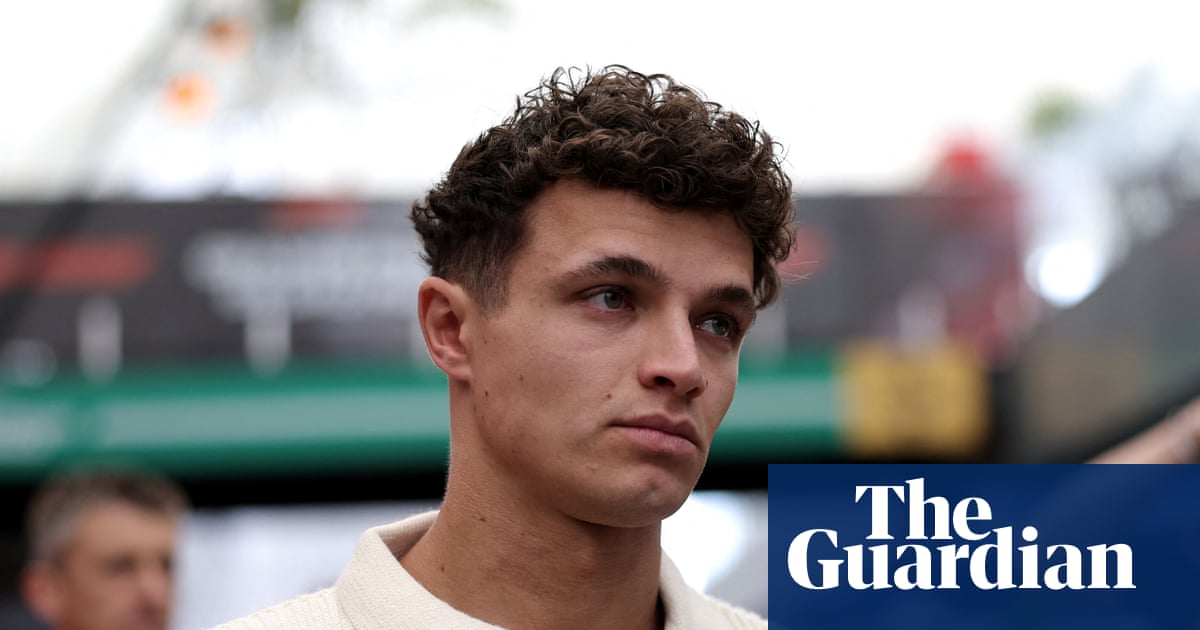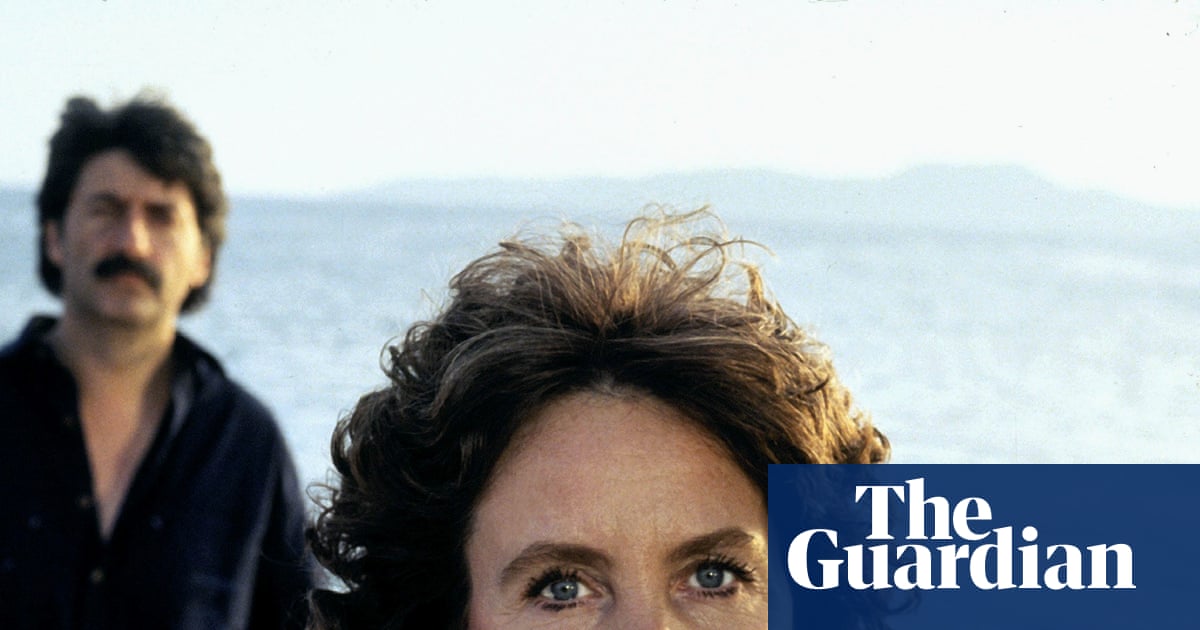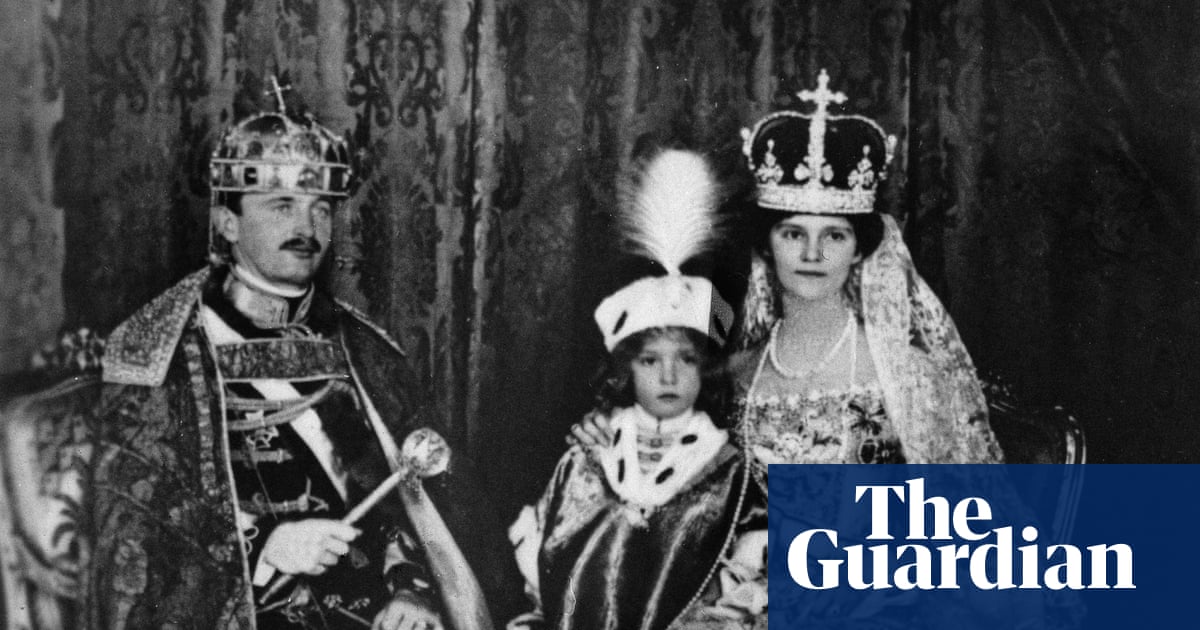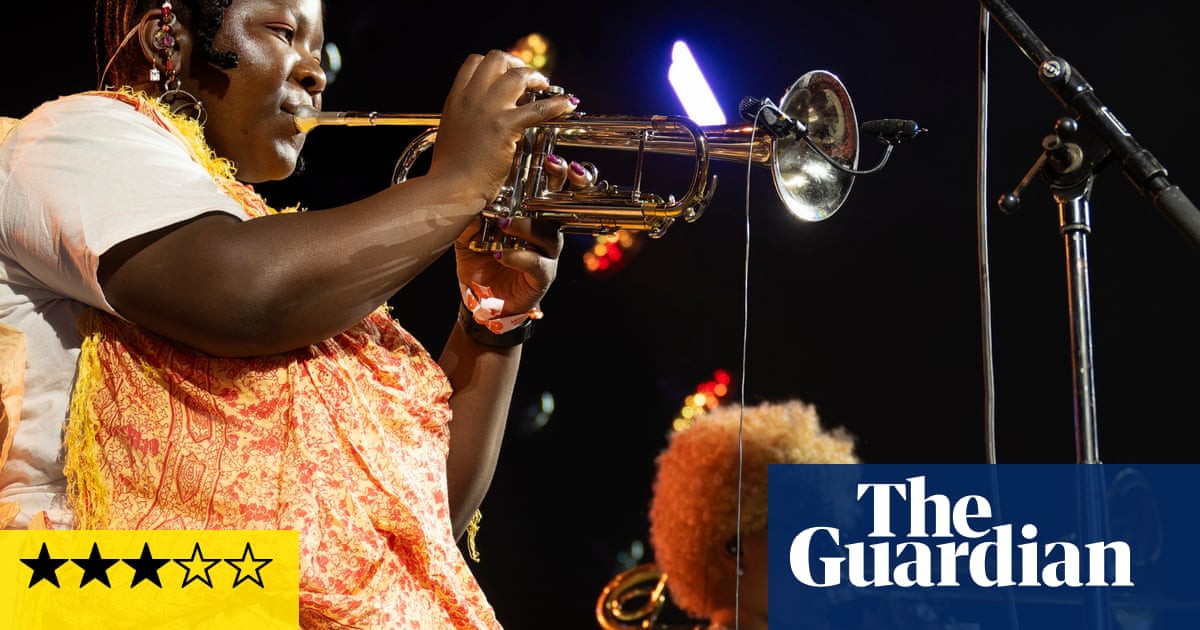In improvisational music, ungoverned by conductors or sacrosanct scores, and given to abrupt shifts of direction on the whims of performers, drummers are often the intuitive navigators. One of the most creative and viscerally thrilling exponents of that pivotal jazz art was Jack DeJohnette, the percussionist, pianist, composer and bandleader, who has died aged 83.
DeJohnette’s CV glitters with the names of the biggest jazz stars of the second half of the 20th century, and with good reason. In his youth, he played genres from R&B to free-jazz in his hometown, Chicago (alongside some of the innovative founders of Chicago’s Association for the Advancement of Creative Musicians – AACM – and occasionally playing in Sun Ra’s Arkestra), before joining the most widely celebrated of early jazz-rock fusion groups, led by the saxophonist Charles Lloyd and including a then-unknown young pianist called Keith Jarrett.
DeJohnette then contributed to Miles Davis’s landmark early-1970s electric bands (the trumpet star’s improvisations taking off over what he called the drummer’s “deep groove”, which in Davis’s inner world meant a tightrope walk between rhythmic precision and unpredictability), but his resourceful subtlety in quieter acoustic settings was never blunted by those heavy-hitting environments.
The proof lay in DeJohnette’s sensitive accompaniment of two virtuoso jazz pianists – Bill Evans, in 1968-69, and Jarrett, in his much-loved Standards Trio from 1983 to 2014.
DeJohnette also formed and led his own bands, New Directions and Special Edition, from the early 80s, notably on a series of fine horn-dominated albums with the saxophonists David Murray and Arthur Blythe, and featuring his own considerable jazz-piano skills alongside his own emerging compositional voice. In his later years he toured and recorded occasionally as a solo pianist.
The experience of DeJohnette live onstage was always enthralling, but his charisma was never a distraction from whatever music he was there to bring to life. Not only could he make a regular drumkit sound bigger and more sonically resourceful, but he could also make it sound entrancingly harmonious – partly by technique, and partly by meticulous attention to its tuning and design.
If the band around him was playing a brisk blues, DeJohnette might eventually drag its tempo way down to a lament, in bumpy decelerating rolls, sudden wrong-footing pauses, and lurching snare-drum blows, like somebody crossing a stream on increasingly wide-spaced stones. On uptempo swingers, he could sustain a blur of surging cymbal patterns scattered with offbeat snare-drum smacks and clatters that seemed to draw both the band and the audience into leaning closer in, as if every emerging moment might be unmissable.
An athletic, muscular drummer who played the kit at arm’s length as if boxing with it, he could maintain thundering funk/rock grooves for long stretches, as he often did for Davis on dark, turbulent sessions, such as Live Evil and Live at the Fillmore East in 1970. But in Jarrett’s sublimely lyrical acoustic trios, his sensitivities to tone-colour as well as rhythm, coupled with the all-round musicality and compositional sense of the sophisticated pianist he had learned to be from childhood, confirmed why he was in demand for so many jazz and global music stars over the years.
Born in Chicago’s South Side, Jack was the only child of Eva (nee Wood) and Jack DeJohnette Sr. Raised by his maternal grandmother, he began taking piano lessons at around the age of four, and his musical aptitudes were nurtured by his uncle, Roy Wood, a radio DJ, who would play him records by Duke Ellington and Billie Holiday.
As a teenager, he began singing doo-wop, and playing rock piano modelled on Fats Domino in local bands – but was returned to jazz by the late 50s hits of the pianist Ahmad Jamal and, particularly, Jamal’s quietly masterly drummer Vernel Fournier.
DeJohnette picked up percussion fast by listening to the era’s star drummers on record (notably Max Roach, Art Blakey and Philly Joe Jones), and practising their ideas on an abandoned kit in his grandmother’s basement, and by the early 60s he was good enough to play with local heroes such as Sun Ra and the saxophonist Eddie Harris, and to successfully sit in with the emerging avant-jazz genius John Coltrane.
Chicago’s AACM was a laboratory for originals including Anthony Braxton, Henry Threadgill and Roscoe Mitchell, and it was Muhal Richard Abrams, co-founder of the association, who advised DeJohnette to move to New York, which brought him into the company of such modern-jazz luminaries as the saxophonist Joe Henderson and the pianist McCoy Tyner.
His career then took off with the formation of Lloyd’s genre-bending jazz-rock quartet, and reached an even bigger and younger cross-genre audience with Davis’s dramatic and austerely invigorating groups of the early 70s. But in between had come a 1968 European tour with Evans’s trio, which included a Montreux jazz festival performance that won a Grammy in its recorded version – notably aided by the young DeJohnette’s willingness to push even the most revered of jazz elders beyond their comfort zones. That European trip also led the drummer to Ronnie Scott’s Old Place, a jamming haunt for exploratory London musicians through which DeJohnette met the saxophonist John Surman, and formed a long-running creative partnership with him.
Touring in Europe in 1972, DeJohnette met Manfred Eicher, the founder of ECM Records, and an innovator who had long foreseen how global musical developments in jazz were moving. He began a long association with the label – most significantly through a renewal of his relationship with Jarrett.
With Jarrett and the bassist Gary Peacock, he was a cornerstone of the long-running Standards Trio, one of the great small groups in jazz history. Through ECM, he also fruitfully recorded with the guitarist John Abercrombie and the bassist Dave Holland – forming the superb Gateway trio with them in 1976 – and with Pat Metheny, the bassist Charlie Haden, and the saxophonists Dewey Redman and Michael Brecker on Metheny’s double album 80/81.
Between 1979 and 1984, DeJohnette recorded a bold and personal sequence of ECM albums, Special Edition, Tin Can Alley and Album Album, featuring such powerful saxophonists as David Murray, Arthur Blythe and Chico Freeman, and revealing his own powers as a composer.
In the 90s, he formed improv-oriented ensembles that included the keyboardist Michael Cain, and in the early 2000s explored contemplative and meditational music through the New Age projects Music in the Key of OM (2005) and Peace Time (2006).
Two significant ventures of DeJohnette’s later years were his rough-hewn but spirited live reunion with his old Chicago bandmates Mitchell, Threadgill and Abrams, on Made in Chicago (2014), and the quartet set entitled Hudson (2017), with the guitarist John Scofield, keyboardist John Medeski and bassist Larry Grenadier, all of them residents of the Hudson Valley in New York State.
It was no cosy sentimental journey despite its covers of popular hits, however, but a full-blooded stretch for the formidable jazz talents of all of them. A Native American chant figured in the repertoire, a reference to Seminole and Crow connections in DeJohnette’s ancestry.
In 2024, a previously unreleased 1966 recording – Forces of Nature: Live at Slugs’ – emerged as a captivating indication of what DeJohnette’s impact on the jazz scene of his early years must have sounded like, in an enthralling encounter at the famous New York club, with Henderson on saxophone, Tyner on piano, and Henry Grimes on bass.
DeJohnette is survived by his second wife, Lydia (nee Herman), whom he married in 1968, and their daughters, Farah and Minya.

 1 day ago
33
1 day ago
33



